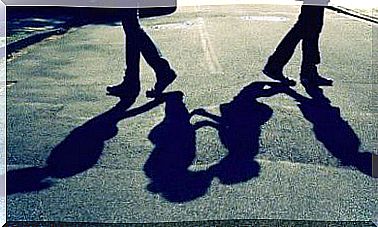Technological Insomnia: Screens That Cause Us Insomnia
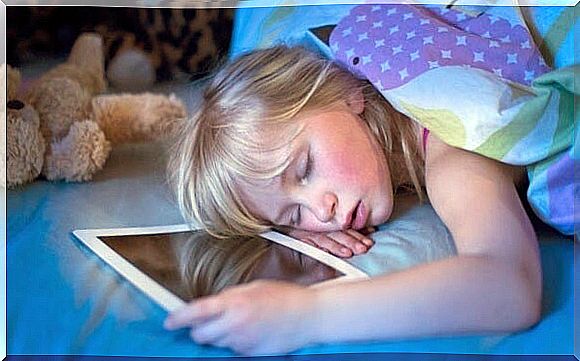
Technological insomnia is conquering more and more nocturnal terrain in a world inhabited by screens. Technology and that blue light so characteristic of these devices completely alter our waking cycles and our biological clock. Far from being something specific, we are facing a new disorder of great impact that is becoming very common in children and adolescents.
Most of us do. We go to bed and it is almost inevitable not to take a last look at the cell phone. We read the messages and some of these lead us to a link , to a video. Shortly after, from that video we went to our social network and from the social network to an article, later to another video. Thus, and almost without realizing it, an hour may have passed, perhaps more.
Associating insomnia with this common behavior can be difficult for us. Can spending a moment on the phone or computer really make it difficult for me to rest at night? The answer is simple: yes. A habit repeated day after day becomes a habit. When this habit is also based on applying artificial light sources to our eyes, it is our brain that suffers.
According to a study published in LiveSciencie, these types of light stimuli completely alter our circadian rhythms. What’s more, it has been found that we currently sleep 2 hours less than 40 years ago. Likewise, the population that is suffering the most from these changes are children and adolescents. All of this translates not only into the increasingly early appearance of chronic insomnia, but we can also see its effects at the behavioral, motivational level and on school performance.
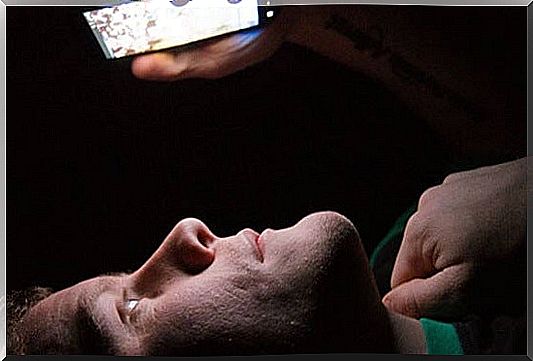
What is technological insomnia?
Before the human being made the leap into the world of technology, our bodies were synchronized with the sunrise and sunset. Those were the centuries when we illuminated our surroundings with candles, chandeliers, fireplaces, oil or gas lamps … Beyond the romanticism of that time, there was something that without a doubt our brain greatly appreciated.
Living according to the cycles of light and dark pleased him. Thus, when our retinas detected that night was falling, the pineal gland was stimulated normally to produce melatonin. This hormone also remained much longer in our bloodstream, which allowed us to sleep much better and for longer hours.
Now, after a few years, our cities suddenly became incredibly bright. The night is another dawn of neon lights, led lamps, buildings lit up like torches and streets that refuse to sleep. Our homes, too, show the same light vitality well into the early hours of the morning. The universe of the screens of our mobile devices are now our lamps and our “magic” channels to be always connected, informed … and over-activated.
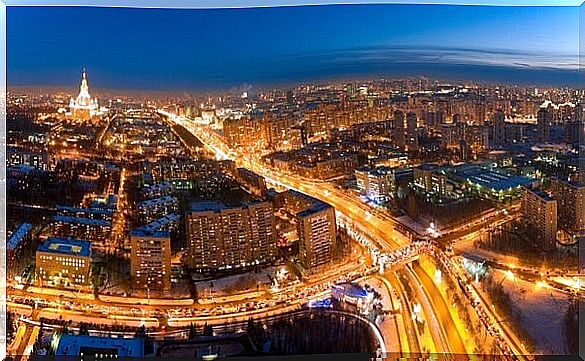
Effects of screens on our brain
- These artificial light stimuli from mobiles, computers, applied to our eyes directly impact the pineal gland . And what is the result? Melatonin production is disrupted.
- Blue light has been shown to inhibit the release of melatonin. Our brain is unable to detect that “night has come.”
- Something as common as being in the room with the light off and placing the screen of a mobile phone, computer or tablet in front of us generates serious changes at the brain level. We over-activated many of its structures and entered a state of “alert”.
- On average, once we close the devices, it will take between an hour or two to fall asleep.
- This delay, added to the time we close the mobile or the computer, deprives us of those 7-8 hours that our body and brain need to be able to function normally the next day.
- On the other hand, it is being seen that technological insomnia is more common among adolescents between 14 and 16 years old. In addition to chronic insomnia, they show fatigue, concentration problems, poor school performance, headaches, bad mood …
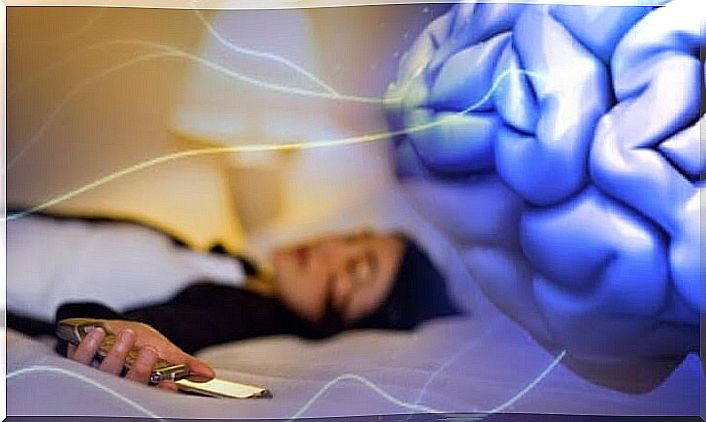
How to treat technological insomnia
Sleep hygiene specialists are clear: technological insomnia is going to grow considerably in the coming decades. Children, for example, have increasingly early access to these devices and it is very common for them to be taken to bed without family supervision.
To say now that the solution is to take away their tablets, mobiles and computers would undoubtedly be an understatement. We need awareness, better habits and other resources. For example, something that the technology industry is working on more and more is reducing the impact that blue light has on our eyes and brain. Therefore, it would be a question of reaching a consensus where to combine health habits with a technical change in the devices themselves.
Let’s see, however, how we can reduce the impact of technological insomnia in our day-to-day lives.
- Dim the light on the screens as night approaches. Both computers and mobile phones now have the option “night light” where the impact of blue light is reduced.
- We can buy blue light filtering glasses. Thanks to them, we will reduce the spectrum of this light to help the pineal gland begin to produce melatonin.
- When night comes, we should make use of lamps and dimmer lights . LED bulbs , although they are more efficient, have a stimulating impact on our brain at night.
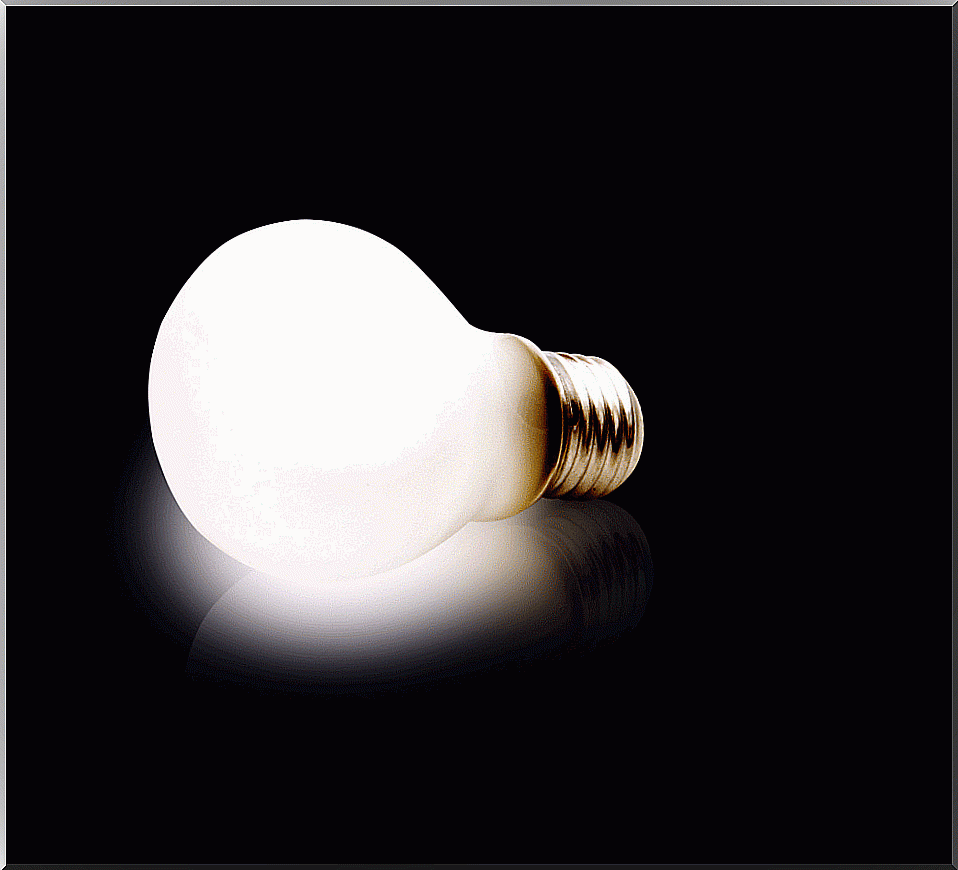
To conclude, point out something no less important. Let’s remember how important sleep hygiene is, both in children and adults. Ideally, put all kinds of technology aside two hours before going to bed. Sometimes a good book, a cup of hot milk with honey, a good conversation are Morpheus’ favorite resources. Those with which to win in well-being and in a deep sleep.









